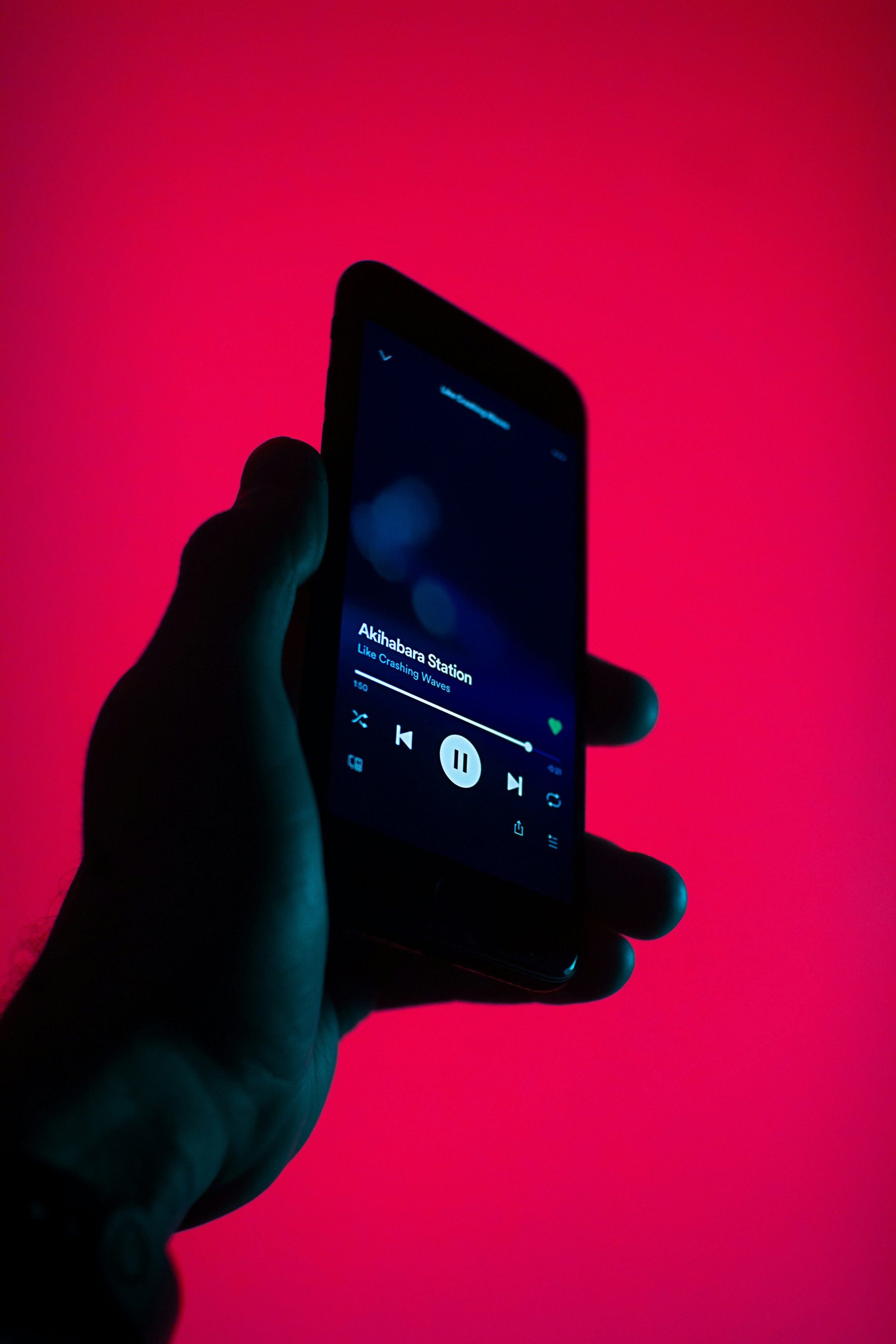This Is How to Optimize Your Spotify Playlists for Streams, Growth, and Discoverability

Playlists have become more than just a collection of songs; they’re powerful tools for music promotion, audience engagement, and brand building. For instance, over 60,000 new songs are added to Spotify daily, making playlists essential for cutting through the noise and connecting with listeners. A well-curated playlist can serve as a gateway to broader recognition and sustained fan engagement. Whether you’re an artist, DJ, or music enthusiast, an optimized playlist can elevate your reach and create meaningful connections with listeners. For musicians, playlists are a unique opportunity to showcase their work alongside complementary tracks, attracting new fans while deepening relationships with existing ones. The benefits of creating and maintaining optimized playlists are immense. They can lead to increased streams, enhance your favorability within streaming platform algorithms, and connect you to a broader audience. A well-crafted playlist isn’t just about music; it’s about curating a sonic journey that resonates, inspires, and keeps listeners coming back for more.
Understanding and Leveraging Streaming Algorithms
Streaming platforms like Spotify use sophisticated algorithms to deliver personalized music recommendations, analyzing user behavior to identify trends and preferences. This means playlists that perform well with engagement metrics are more likely to be promoted on features like Discover Weekly or Release Radar.
Key metrics that impact this include the save-to-listener rate, which measures how many listeners save your playlist; the skip rate, which shows how often users move past tracks; and listening duration, a signal of how long users stay engaged with your content. These metrics interact dynamically—for instance, a low skip rate often correlates with higher listening duration, signaling strong engagement, while a high save-to-listener rate suggests that your playlist offers lasting value.
Together, they paint a holistic picture of your playlist’s performance, guiding your efforts to improve both content and discoverability. Optimizing these factors can significantly improve your playlist’s visibility, ensuring it reaches new audiences organically while satisfying the preferences of existing listeners. Understanding these metrics gives you the power to tailor your playlist for success, helping you navigate the streaming world with confidence.
Crafting the Perfect Playlist
Creating a playlist that stands out requires a mix of creativity and strategy. For example, Spotify's curated "RapCaviar" playlist has become a cultural phenomenon, blending mainstream hits with emerging artists to capture and sustain listener interest. This kind of balance between accessibility and novelty serves as a blueprint for anyone looking to create impactful playlists.
For your playlist, first, define a clear theme or mood for your playlist—whether it’s ’90s Rave Anthems, Melancholic Acoustic Vibes, or Late-Night Study Beats. A cohesive tone not only attracts listeners but keeps them engaged throughout.
Thoughtful track selection is another key element; combining your music with complementary songs by other artists can enhance the experience and increase discoverability. Including popular tracks can attract casual listeners, while hidden gems keep things interesting for those seeking something fresh.
In terms of lengthA standard playlist could have anywhere between 80 and 120 tracks, while a playlist that focuses more on vibe and mood could have several hundreds. If you’re not sure how many tracks you should keep in yours, take a moment to search for other popular playlists in your niche and see what works for them. Put yourself in the shoes of your listeners, and ask yourself what you’d prefer.
Once your tracks are chosen, focus on sequencing to maintain flow and engagement. Starting with a strong, attention-grabbing track, then arranging the songs to build an emotional arc, helps retain listeners and encourages them to return to your playlist.
Boosting Discoverability and Engagement
Getting your playlist noticed requires both technical know-how and creative finesse. Start by crafting a compelling title and description with keywords that resonate with your target audience. For example, instead of a generic name like "Chill Vibes," use something descriptive like "Relaxing Lo-Fi Beats for Work and Study."
This improves searchability on streaming platforms. Don’t underestimate the power of great visuals—a high-quality cover art design can instantly grab attention and convey the playlist’s vibe. Tools like Canva, Adobe Spark, or Pixelmator Pro make it easy to create professional-looking covers that stand out.
To keep listeners coming back, regularly update your playlist with fresh tracks while removing outdated ones. This not only keeps the playlist dynamic but signals to platforms and listeners that it’s actively maintained and relevant.
If you make music in the genre of your playlist, you can even add some of your own tracks throughout the list to help people discover your artistry.
Promoting Your Playlist for Maximum Impact
Once your playlist is ready, it’s time to share it with the world. Use cross-platform sharing to maximize reach, posting links on social media, embedding the playlist on your website, or including it in email newsletters. Personalize your promotions by sharing insights about the playlist’s creation or your favorite tracks.
Collaborating with others can also amplify your efforts. Partnering with artists, influencers, or curators to co-create playlists introduces your music to wider audiences while fostering valuable connections.
Don’t forget to engage with your listeners by responding to comments or reposting their shares. Building a sense of community around your playlist encourages loyalty and helps spread the word organically. For example, the artist Phoebe Bridgers has successfully cultivated a devoted fanbase by creating mood-focused playlists that feature her music alongside tracks from similar artists. By engaging with fans through social media and explaining her choices, she has created a sense of shared identity around her playlists, which has driven both loyalty and discoverability.
Tracking and Adjusting for Long-Term Success
Optimizing a playlist is an ongoing process. Use tools like Spotify for Artists and Chartmetric to monitor performance and gather insights on listener demographics and engagement. These analytics can help you identify patterns, such as which tracks resonate most with your audience and which may need replacing.
By making data-driven adjustments, you can refine your playlist to better align with listener preferences and maximize its potential. Whether it’s tweaking the track order, updating the theme, or experimenting with promotion strategies, staying responsive to the data ensures your playlist remains fresh, engaging, and relevant over time.
Final Words
Optimizing a playlist isn’t just about adding songs; it’s about crafting an experience that resonates with listeners while leveraging the power of streaming platform algorithms. By understanding key metrics, curating cohesive themes, enhancing discoverability, promoting effectively, and monitoring performance, you can create playlists that not only attract listeners but also build your brand and boost your music career.
Whether you’re an artist, DJ, or just a music lover, implementing these strategies can transform your playlists from a simple hobby to a powerful marketing tool. So, start curating, experimenting, and sharing—your next big opportunity might just be a playlist away!
Cover credit: felipepelaquim / @felipepelaquim

